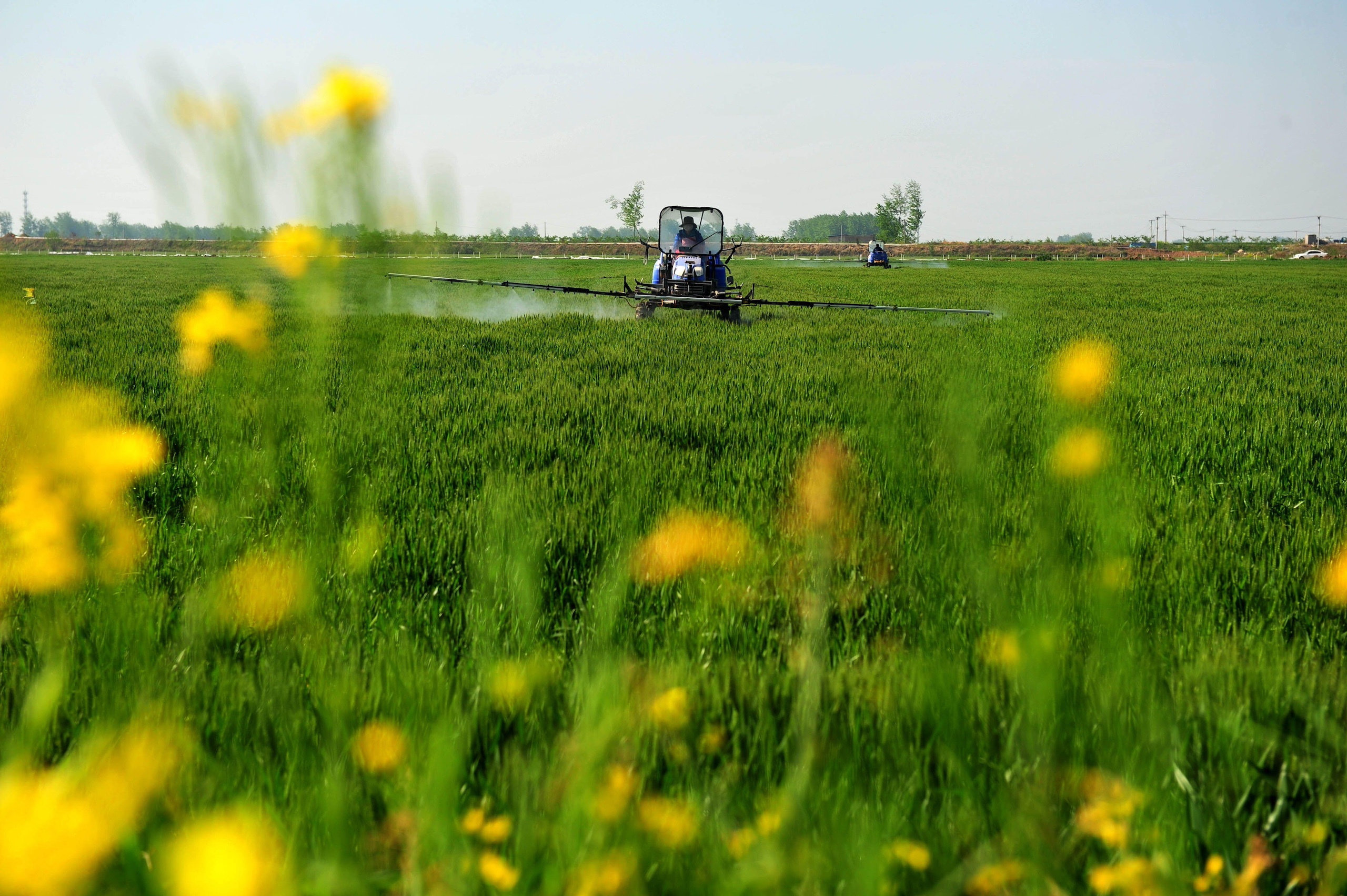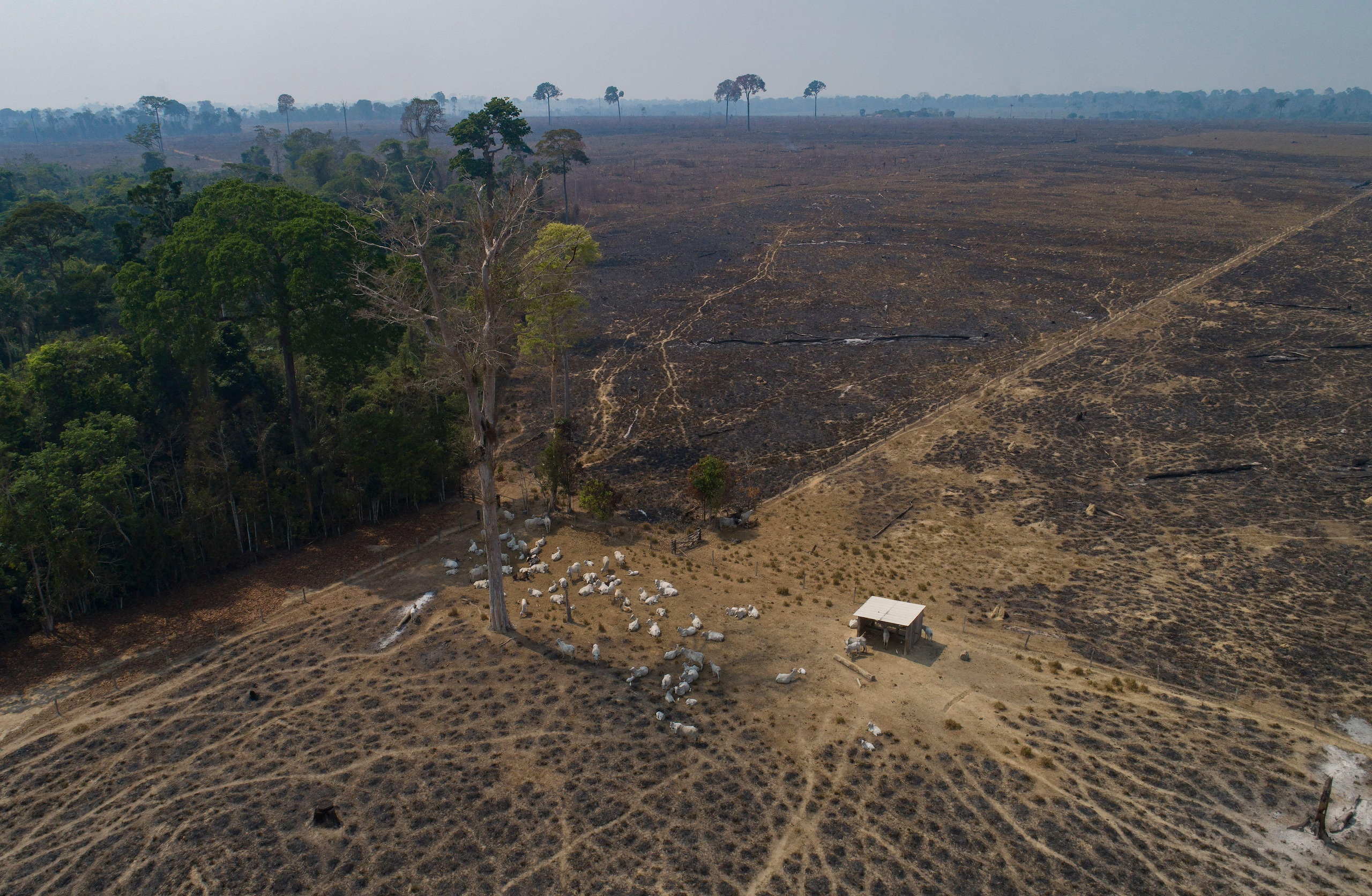At the Davos World Economic Forum in January, 320 businesses and investment institutions representing 46 different countries announced they would start disclosing their impacts on nature. They did so in line with recommendations from the Taskforce on Nature-related Financial Disclosures (TNFD), a global initiative that last year released its framework for nature-related corporate disclosures.
Research has found that over half of global GDP (USD 58 trillion) is moderately or highly dependent on nature. Issues such as deforestation and biodiversity loss present systemic risks to this value. Nature-related disclosures will see firms reveal the impact of their activities on nature, so investors can monitor these issues and the public can exercise oversight. As such they are an important part of sustainability disclosures, alongside carbon emissions and social impacts, for example.
Some Chinese firms are already on board. On 22 April, the Mengniu Dairy Group became the first Chinese company to publish a full nature-focused report in line with TNFD recommendations. A little before that, tech giant Tencent had also disclosed some TNFD-based nature-related information in its annual ESG (environment, social and governance) report.
Dialogue Earth has consulted several experts who say an increasing number of Chinese firms have been working on nature-related disclosures since the 2022 adoption of the Kunming–Montreal Global Biodiversity Framework, under the UN biodiversity convention. However, they add that these efforts are just getting started and many challenges lie ahead.
From climate disclosures to nature disclosures
Nature-related disclosures have developed out of climate disclosures. In 2017, the since-disbanded Task Force on Climate-Related Financial Disclosures (TCFD) came up with the first framework for climate disclosures, built upon four pillars: governance, strategy, risk management, and metrics and targets. The aim was to allow for a full assessment of the impact climate change will have on a firm’s future operations.
This framework had far-reaching effects and laid the foundation for the International Sustainability Standards Board’s more comprehensive sustainability disclosure framework. The latter has since been endorsed by the International Organization of Securities Commissions, which signals adoption in 130 jurisdictions which together regulate 95% of the world’s financial markets.
“TNFD uses a very similar methodology to TCFD, with four pillars. Even the suggested language for disclosures is very similar,” says Sylvaine Rols, senior specialist for nature at the UN’s Principles for Responsible Investment (PRI), an organisation committed to making global investment more responsible. Of those four pillars, only the third is different: rather than the TCFD’s “risk management”, the TNFD specifies “risk and impact management”.
But nature is a broader concept than climate, and clearer definition was needed before the framework could be drafted. “TNFD defines nature as the natural world, emphasising the diversity of living organisms, including people, and their interactions with each other and their environment,” explains Rols.
Biodiversity is at the core of nature-related disclosures. Dialogue Earth consulted Yang Fangyi, China senior programme officer for the International Union for Conservation of Nature. The three elements to biodiversity are species, habitats and ecological services, he explains. Ecological services include the carbon absorbed by an ecosystem, the water it conserves, and the leisure opportunities or cultural value it provides. Yang says it is relatively difficult for a company to quantify its impacts on these very important services.
The TNFD’s recommendations try to target those characteristics. Rols says that doing so encourages companies to engage with Indigenous peoples and local communities. The location of assets should be disclosed, Rols adds, because, unlike with its greenhouse gas emissions, a company’s activities impact nature in areas specific to where it works. And finally Rols says that the TNFD takes a more flexible approach to assessing “materiality”, with firms encouraged (but not obliged) to consider a “double materiality” approach.
In traditional financial reporting, “materiality” refers to the significance of a piece of financial information. Specifically, whether its omission or misstatement could influence economic decisions made based on a company’s financial statements.
In sustainability reporting, materiality refers to the significance of a piece of information in relation to a company’s interactions with external environments, and how sustainable this interaction is.
“Double materiality” can ensure this interplay is a two-way street: what is material to an external environment’s health and wellbeing in relation to its interactions with a company?
Both TCFD and the International Sustainability Standards Board currently use single materiality, only considering external impacts upon a company’s financial position. However, the Global Reporting Initiative and the European Sustainability Reporting Standards apply double materiality.
China pilots nature-related disclosures under the Global Biodiversity Framework
Rols says nature-related disclosures are progressing quickly worldwide because of learnings gleaned from other types of sustainability disclosure, and because of the passing of the Global Biodiversity Framework.
In 1992, the UN biodiversity convention was signed by 150 governments at the Rio Earth Summit. It was underneath this convention that the Global Biodiversity Framework was adopted at the COP15 UN biodiversity conference in 2022. The framework set a target for 30% of all land areas and 30% of all ocean areas to be protected by 2030, with all parties responsible for taking action. As Rols explains, Target 15 of the framework calls for “large and transnational companies and financial institutions to disclose their nature-related impacts, dependencies and risks”. This established a global requirement for governments to reflect Target 15 in their regulations, and for companies to disclose accordingly.
The biodiversity convention requires signatories to submit biodiversity targets, as well as strategies and action plans, before the next conference, COP16, in October. China submitted its plan – the China Biodiversity Conservation Strategy and Action Plan (2023-2030) – in January. It calls for the “vigorous development of green finance and stronger disclosures of nature-related information”. The plan also requires companies to “incorporate biodiversity information into existing mandatory environmental disclosures and sustainability reports”.
China’s disclosure requirements for listed companies have echoed this action plan. As of May, China’s sustainability reporting guidelines for A-share listed companies (those listed on the Shanghai, Shenzhen or Beijing stock exchange that trade in yuan) came into effect. The guidelines have made it mandatory for large companies to publish sustainability reports from 2026; Article 32 of the guidelines requires companies to disclose activities that significantly impact ecosystems and biodiversity. This would include activities that breach “ecological redlines”, and any measures taken to conserve or reinstate animal or plant life or habitats.
China’s ecological redlines demarcate areas with important ecological functions, including coastal waters, wetlands, glaciers and forests.
The aim is to protect these habitats and their species, while making gains for flood and sandstorm prevention, clean water provision and other ecosystem services.
They were finalised on Earth Day 2023. More information can be found here.
As mentioned, the Mengniu Dairy Group, which is listed on the Honk Kong stock exchange, was China’s first company to publish a TNFD-compliant nature report. Dialogue Earth spoke to Huang Changtong, the China specialist for Farm Animal Investment Risk and Return, an initiative that raises awareness of sustainability in the global food sector. He says Mengniu made full disclosures of nature-related issues in its own operations and part of its supply chain, in line with the TNFD’s four-pillar framework: “Take risk and impact management: Mengniu identified short-, medium- and long-term nature-related risks and opportunities and has developed a set of assessment and management tools for water risks, palm oil traceability, green production and waste management.”
Under the “metrics and targets” heading, Mengniu set climate- and nature-related goals. These include achieving carbon neutrality by 2050, and zero deforestation and 100%-responsible palm oil procurement by 2030. “We hope to see Mengniu disclose more detail on those targets, such as measures on methane emission reductions and associated data, and deforestation and traceability,” says Huang. “We also hope to see annual reports on actual progress.”
Challenges and outlook
Nature-related disclosures have got off to a flying start, but this sector of corporate reporting is still at a very early stage. Yang Fangyi thinks that, for the companies, the point of these disclosures is to show whether or not their activities are “nature-positive”. But unlike climate change mitigation, an entity’s progress on supporting the natural world cannot be quantified in terms of emissions data and staying within 1.5C of global warming. So, if nature-related disclosure is to go mainstream, a widely accepted and quantified methodology is needed.
“Other initiatives may be of some help, such as the Science-based Targets Network, which establishes methods for companies to set nature-related targets, and then to take actions and track results,” he says.
Rols, meanwhile, suggests firms first try using the guide published by TNFD: “You might not disclose according to all the recommendations in the first year. But how about you start disclosure, you start compiling that information to work towards full disclosure over time?”
Huang Changtong adds that while Mengniu’s report lacked some details, it was “an excellent start.” He explains that for many listed agricultural firms, nature-related risks still mean little more than compliance with environmental regulation. The executives have only limited awareness of what those risks actually are. Huang hopes to see understanding improve. He also hopes Mengniu and other agricultural firms will disclose more specific numbers in the future, and expand the scope of their nature-related disclosures along the value chain – particularly to the growing and processing of fodder.
Although the TNFD framework is still voluntary, Yang Fangyi thinks it very likely nature-related disclosures will gradually become mandatory around the world, just as climate-related disclosures have in many regions.
“Also, whether it’s TNFD or other initiatives and standards, it’s often international organisations or major institutions pushing that process forward. I hope that organisations in China will play a part in that,” says Yang. “That will help reduce barriers to international market entry for Chinese firms, and allow China to contribute its experience and knowledge of nature conservation to the international process.”
This article was amended shortly after publication on 5 June. The original version had described Mengniu Dairy Group as an A-listed company, when in fact it is listed in Hong Kong.











